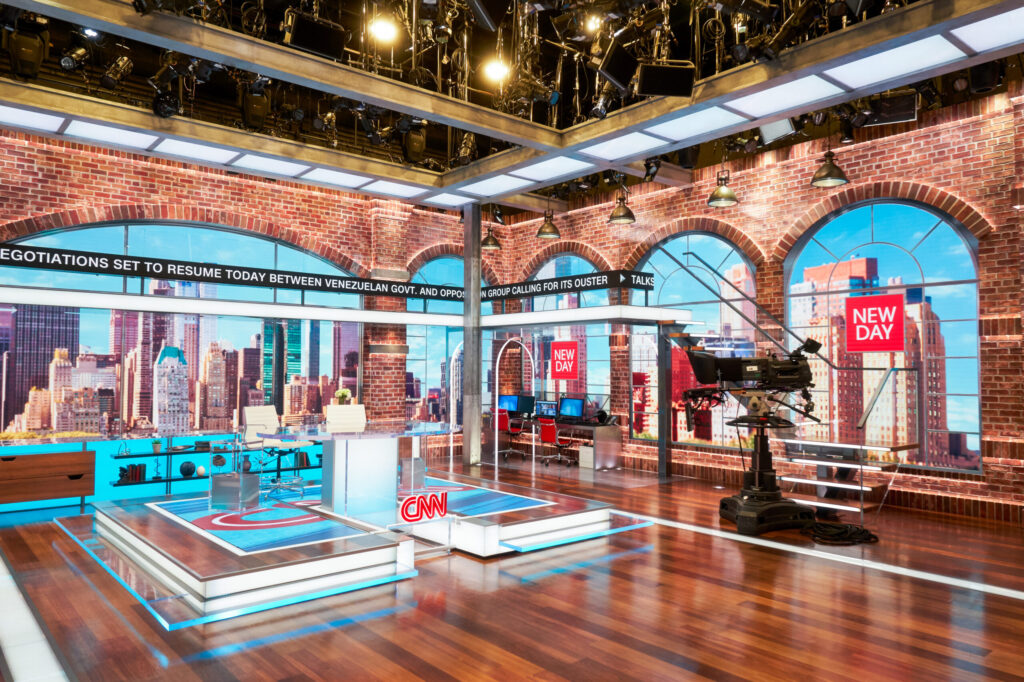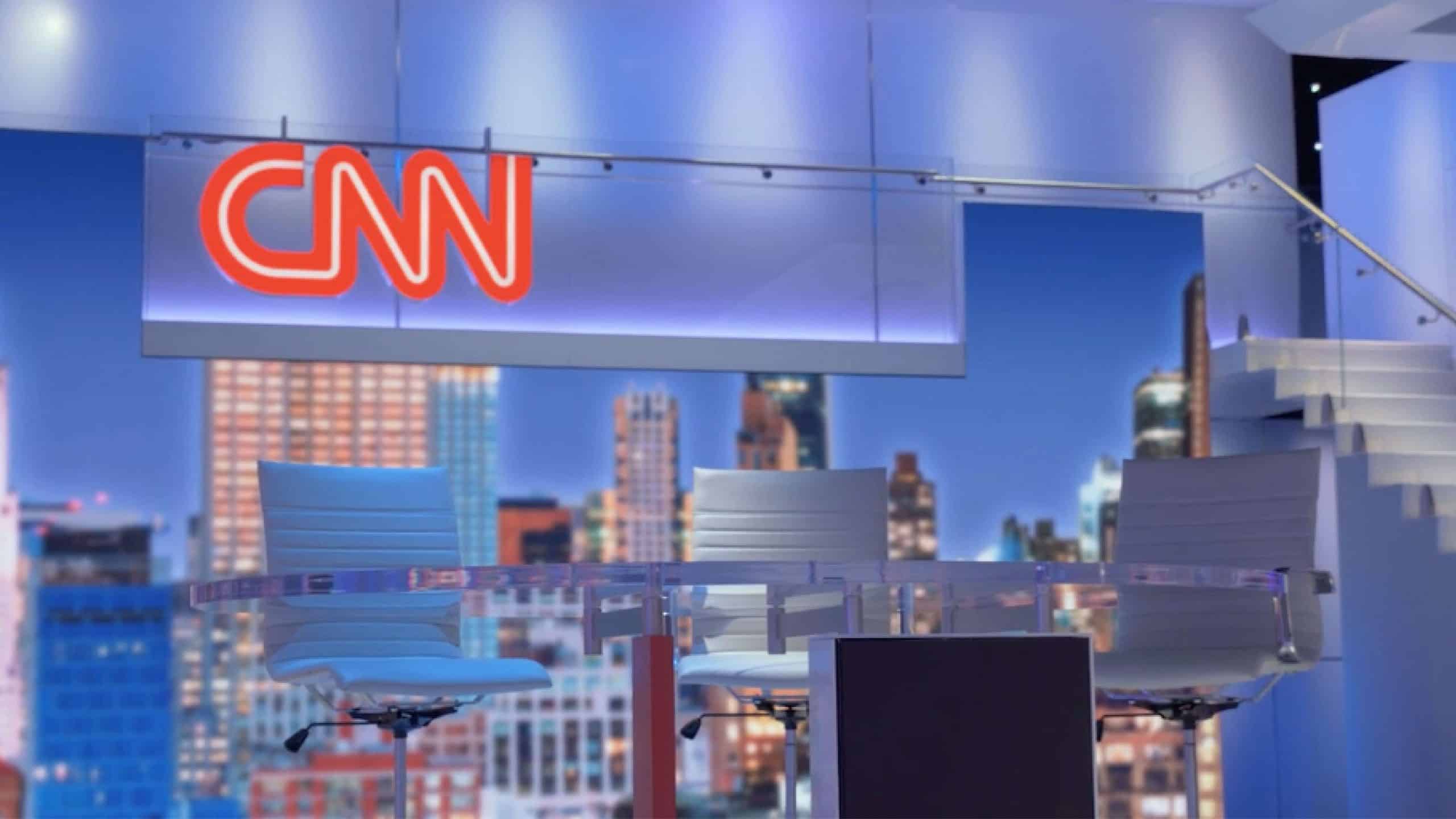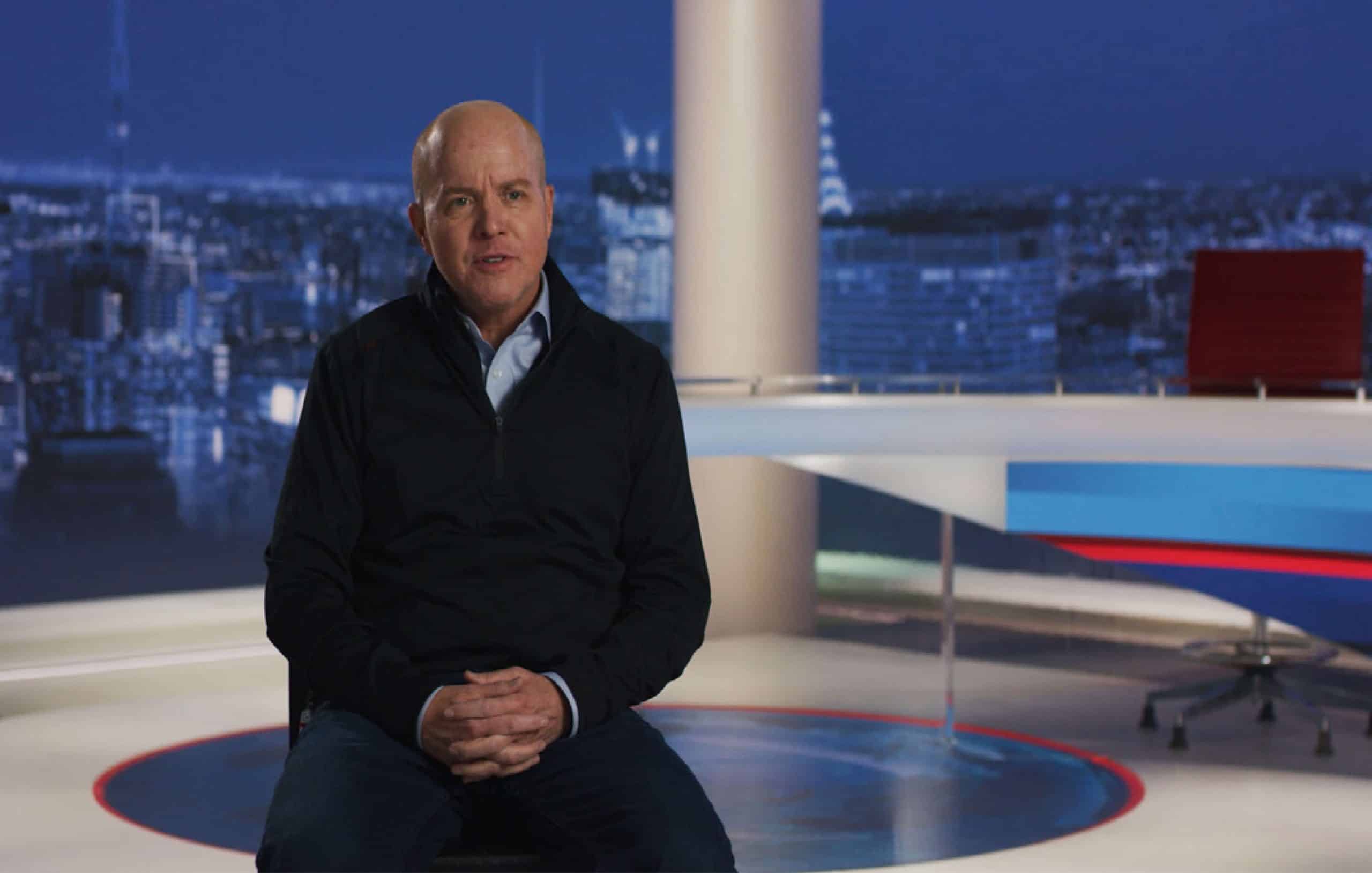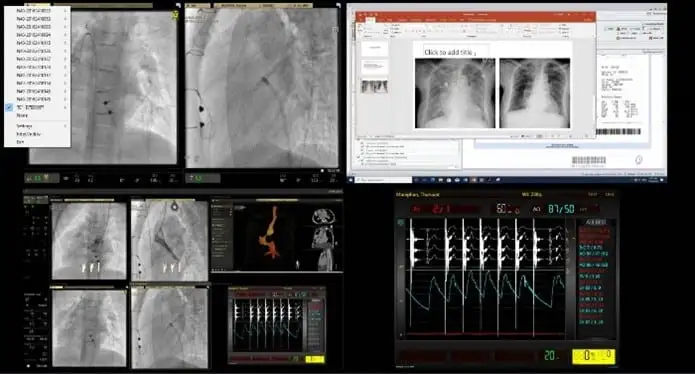CNN’s move this spring from Time Warner Center to its new Hudson Yardsheadquarters in Midtown Manhattan meant the chance to start with a clean slate oftechnology and a fresh look—an opportunity the news network was determined toexploit to the fullest.
“This is a greenfield installation,” says Gregory Pocali, Senior Broadcast IT Support Engineer at CNN. “It gives us the unique opportunity to be able to address a number of pain points associated with traditional video installation.”
From an infrastructure point of view, that means starting from scratch with a SMPTE ST 2110-based infrastructure to support IP transport and production rather than tried-and-true HD-SDI signals with their cable run length limitations and inflexibility.
“Hudson Yards is a larger facility, so in our old HD-SDI facility [at Time Warner Center] we would have to have rooms dedicated to re-clocking signals so they could reach edge-point studios that were over the maximum distance [about 328 feet via coax] from the router,” he explains.
With a technical space footprint of 110,000 square feet, CNN’s new Hudson Yards headquarters was an ideal candidate for SMPTE ST 2110.
“This allows us to be able to use a fiber infrastructure that gives us much greater reach and reliability in terms of signal integrity as well as being able to have the advantage of having multiple streams carried on a single fiber –in effect a multiplex equivalent,” says Pocali.

In fact, so great is CNN’s commitment to SMPTE ST 2110 that Prabhakar Gupta, Senior BIT Support Engineer at the news network, estimates about 90 percent of all video equipment at Hudson Yards supports the new SMPTE standard. “Audio, however, especially from third-party vendors, is 50-50,” he adds
Unlike SDI, audio streams in SMPTE ST 2110 are separate flows. “This allows for easier audio routing and channel swaps but also creates an exponential increase in configuration and complexity,” said Matthew Holcombe, SVP, Turner Broadcasting System. “Audio in SMPTE ST 2110 is a great example of where flexibility has greatly increased complexity.”
Unlike SDI, audio streams in SMPTE ST 2110 are separate flows. “This allows for easier audio routing and channel swaps but also creates an exponential increase in configuration and complexity,” said Matthew Holcombe, SVP, Turner Broadcasting System. “Audio in SMPTE ST 2110 is a great example of where flexibility has greatly increased complexity.”
However, overall the move to an SMPTE ST 2110 has made it easier for CNN to achieve better production resource utilization and faster control room turnarounds.
“IP gives us the ability to transition and adapt to the needs of the news cycle in a real-time or as-close-to-real-time [as-possible] manner,” he says. “It allows us to create a compelling product with minimal physical and effort-based input.”
In some instances, the flexibility afforded by SMPTE ST 2110 allows CNN to turnaround a control room and studio in as little as four minutes. “An example is our news team shows where we have a hot-seat control room, and we are hot seating the studio and the entire look of the studio that needs to flip instantly,” says Pocali.
The new IP infrastructure also supports a workflow that makes it possible for the network’s graphic artists to keep pace with a breaking news environment, he adds.
Big Video
CNN relies on 6,000 square feet of video wall display based on Leyard LED cubes in its four Hudson Yards studios as the backdrop for its shows. Used to display news graphics, animations, cityscape scenery, beauty shots and virtual video monitors for remote guests, the walls help the network better connect with viewers.
“Our audience has come to expect bigger and better always, as well as motion,” says Shawn Mckeever, senior systems engineer with CNN’s Broadcast IT Advanced Systems Group. “The days of the static studio are gone. Movement and text in the wall keep viewers engaged and overall present a better product.”
Content for the LED videowalls as well as LCD monitors in six Flash Studios is controlled via a massive Vizrt Viz Multiplay deployment.
Each of the five studios relies on up to eight Viz Engines— four of which serve as backups—to feed the walls under the control of Viz Multiplay. Further, each engine produces four 4K signals, which are split into 16 HD signals assigned to different areas of the walls. Additional Viz Engines are used for preview, explains Pocali.
“If you do the math on that, that’s a couple of hundred signals being generated through the system,” he says.
A major reason for CNN partnering with Vizrt was the company’s commitment to SMPTE ST 2110. “From my point of view, that was a major reason why we chose Vizrt, especially in the studios,” says Mckeever.
“The fact that Vizrt was committed to 2110 with a partnership with Matrox that delivers 2110 natively into and out of the Viz Engines was an attractive feature.”
Workflow also played a part in CNN’s choice of Multiplay. Having adopted Vizrt’s Viz One media asset management (MAM) system, the news network hoped to leverage the combination of the two to remove obstacles that previously impeded the speed with which it could take news graphics and animations to air.
“The Vizrt Engine will play MOV files,” explains Mckeever. “With our prior setup, we were required to play MXFs into the wall.”

Transcoding from one file format to another could cause delays, especially on heavy news days or days with lots of rehearsals. Eliminating the need to transcode means CNN can accomplish in minutes what once could take as long as two hours.
“Viz One is an integral part of our workflow,” he adds. “We couldn’t do the studio piece of it without Viz One.”
The news network has assigned dedicated Viz Multiplay operators to run and manage the walls. These operators control what appears on the walls as well as transitions between content.
This approach has streamlined the network’s workflow by eliminating the need for a technical director to wait for a clip to be sent to transcoding, retrieved, inserted into a playlist and ultimately played back on the wall, says Mckeever.
“Viz Multiplay makes it incredibly easy to bring in live feeds and to drag and drop them in a WYSIWYG environment,” says Pocali. “It really gives operators the flexibility, comfort and speed to be able to produce these very complex and advanced pre-sets and scenes that can be flown in and out during a live production.”
The network also leverages Vizrt’s Viz Pilot in its new IP environment for added flexibility. Viz Pilot is a template-based system that allows journalists and others to create news graphics as well as manage and integrate them into their stories.
“Viz Pilot is used quite often for our graphics, statistics, polls and things of that nature –graphics that are pre-produced,” says Pocali.
Viz Pilot’s meta-graphics feature allows CNN to store clean video –not video with burned in graphics—as well as graphics metadata in its Viz One MAM. Doing so, gives journalists the ability to change video, images and graphics up until the moment the completed package is required on air.
At CNN, preserving these elements discretely via Viz Pilot on the Viz One MAM eliminates extra work. “You can have a full screen at the ready with an animation, and you can also place that same graphic in your wall without having to double produce the same content,” says Pocali. “That is definitely something that has been leveraged quite a bit.”
Remember The Future
Adopting SMPTE ST 2110 and installing some 10,000 fiber optic runs at Hudson Yards, leaves CNN with many options as it moves forward, says Mckeever.
“Obviously, we are doing high-res out, but internally we are just 1080,” he says. “But there will come a day when we are 4K.”
“It’s a matter of working with a company that’s committed to 2110 and will continue to develop to push these higher resolutions in and out of gear,” he says. “That is why we felt comfortable working with Vizrt on Hudson Yards.”
“As technology advances and content and media that travel throughout the facility increase in pixels, size and bandwidth, we feel Vizrt will be there to support those higher resolutions.”
Don’t worry, this section is already hidden =)
Special Instructions:
Don’t forget to include:
Vizrt has delivered one of the industry’s most exciting advancements in IP infrastructure
CNN’s new Hudson Yards digs in Manhattan make a fresh start for its tech infrastructure and on-air look.
Filmed and edited by Filmkraft – video production company in NYC
Get IP Ready
Learn more about how Vizrt delivered one of the industry’s most exciting advancements with SMPTE ST 2110-based infrastructure supporting IP transport and production
CNN’s move this spring from Time Warner Center to its new Hudson Yards headquarters in Midtown Manhattan meant the chance to start with a clean slate of technology and a fresh look—an opportunity the news network was determined to exploit to the fullest.
“This is a greenfield installation,” says Gregory Pocali, Senior Broadcast IT Support Engineer at CNN. “It gives us the unique opportunity to be able to address a number of pain points associated with traditional video installation.”
From an infrastructure point of view, that means starting from scratch with a SMPTE ST 2110-based infrastructure to support IP transport and production rather than tried-and-true HD-SDI signals with their cable run length limitations and inflexibility.
“Hudson Yards is a larger facility, so in our old HD-SDI facility [at Time Warner Center] we would have to have rooms dedicated to re-clocking signals so they could reach edge-point studios that were over the maximum distance [about 328 feet via coax] from the router,” he explains.
“To build a facility that wasn’t out of date on the first day it went on air, we had to be IP.”
Bob Hesskamp
Warner Media’s Executive Vice-President of Engineering

“When you have a company like Vizrt that is responsive to what you are asking for, that works with you day in and day out as needed when you are launching new things, that provides that level of support that you need, for example to inter-operate across an IP infrastructure that no one else in the world has built yet, that says something.”
Lisa Pedrogo
VP, NY Engineering & Strategic Initiatives








